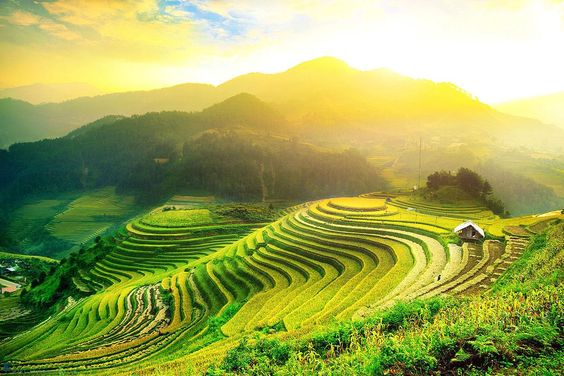

<< >>
D
Vietnam: Ho Chi Minh Trail 2: The Ecological Environment and the Natural Museum
described by Khôi and Giói
"Trụng Son" [mountains]="Way to heaven" (S.18)





Vietnam: Trụng Son Mountain Range: slopes with street [1] - Trụng Son Mountain Range in the rainy season with fog [2] - Mountains of Vietnam, sunset with some fog [3] - Vietnam, white orchid [7] - Vietnam, Province of "Dak Lak", water fall [12] - Elephants in Vietnam [24]




Vietnam, Tnung Lake with clouds mirroring [13] - Vietnam, town of "Da Lat", the Buddha Mountain with a white Buddha [16]
Region of "Viet Bac" with rice terraces and forest [18] - Tiger in Vietnam [22] - venenous snake in Vietnam: white-lipped pit viper (lat.: Trimeresurus albolabris) [23]
presented by Michael Palomino (2013 - with photos 2023)
| Share: |
Facebook |
|
Twitter
|
|
|
|














